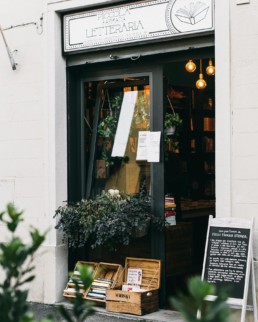How can we make our home an elegant, inviting place by choosing the right textiles to use for curtains, bedspreads, armchairs, and headboards?
We asked Giovanna and Beatrice, owners of Principe Hotel & Apartment, who have always devoted themselves with love to choosing textiles, rotating them each year for one or two rooms in their hotel.
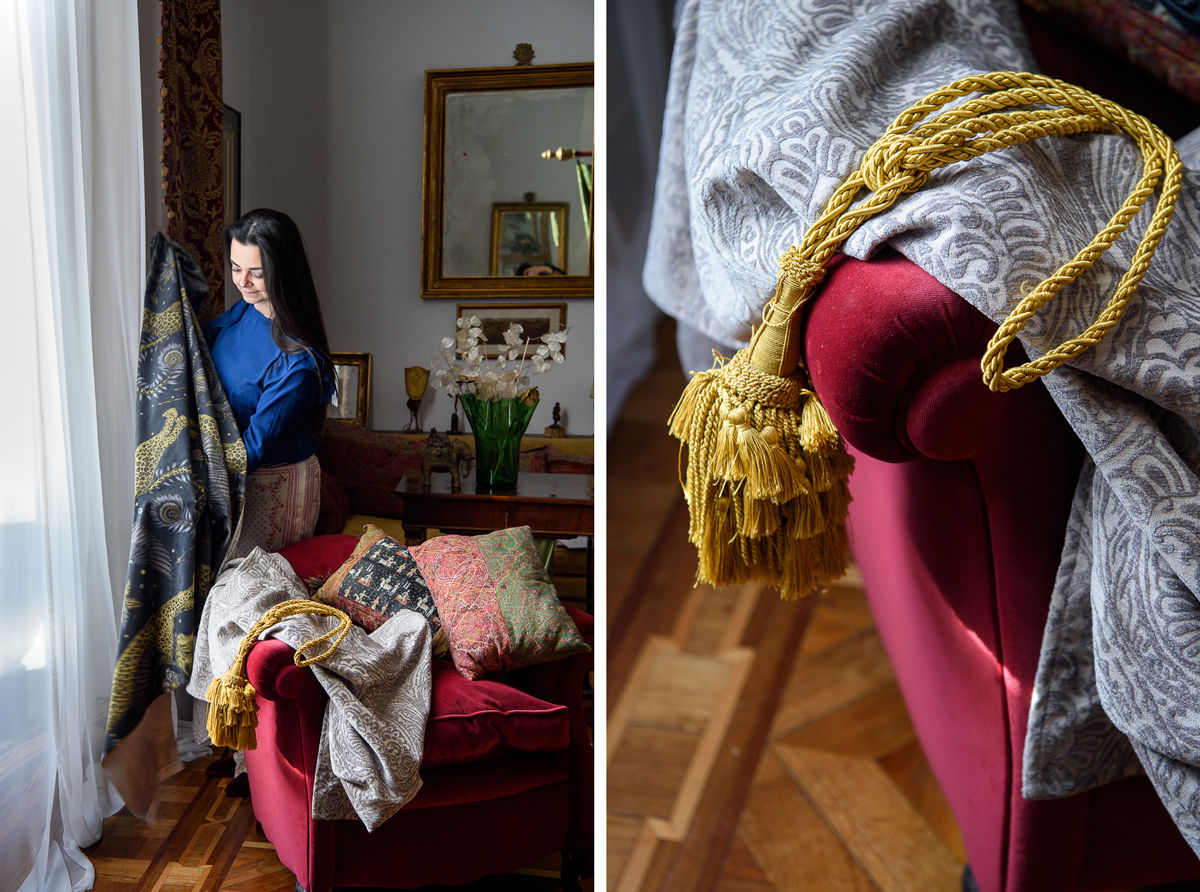
Giovanna is originally from Lucca. In her family homes, furnishings were always carefully chosen, and she developed a natural interest in the beauty of interiors. She went on to cultivate her passion by studying interior decor in antique books and magazines, refining her taste and knowledge of different styles. Her daughter Beatrice grew up immersed in her interest, sharing in it since she was young. The two women are now united by a passion for interior design and love to frequent the best textile shops in Florence, including Passamaneria Moderna (in viale Francesco Redi 39) and Bloom Interiors (in Borgo SS. Apostoli 58r).
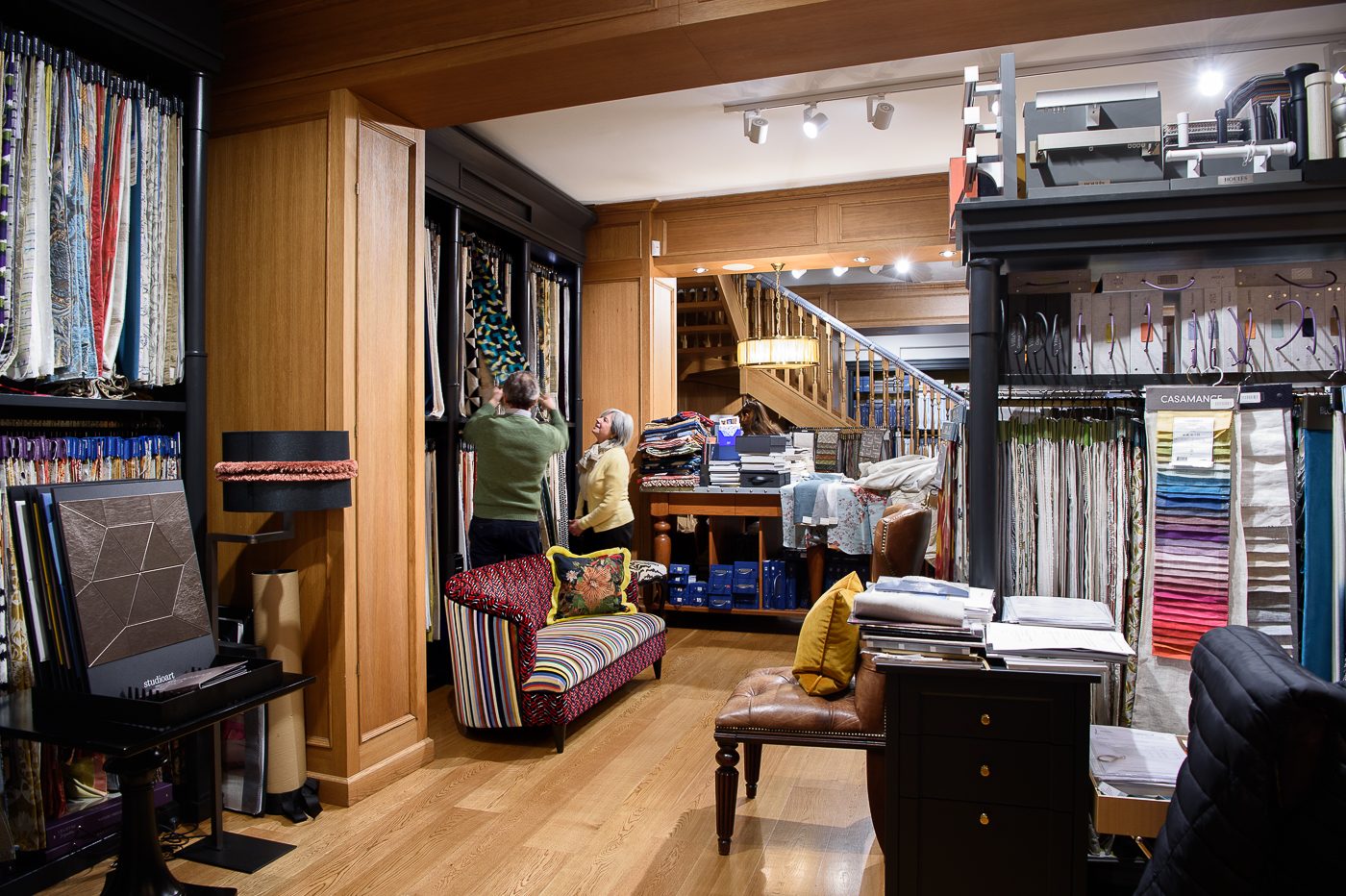
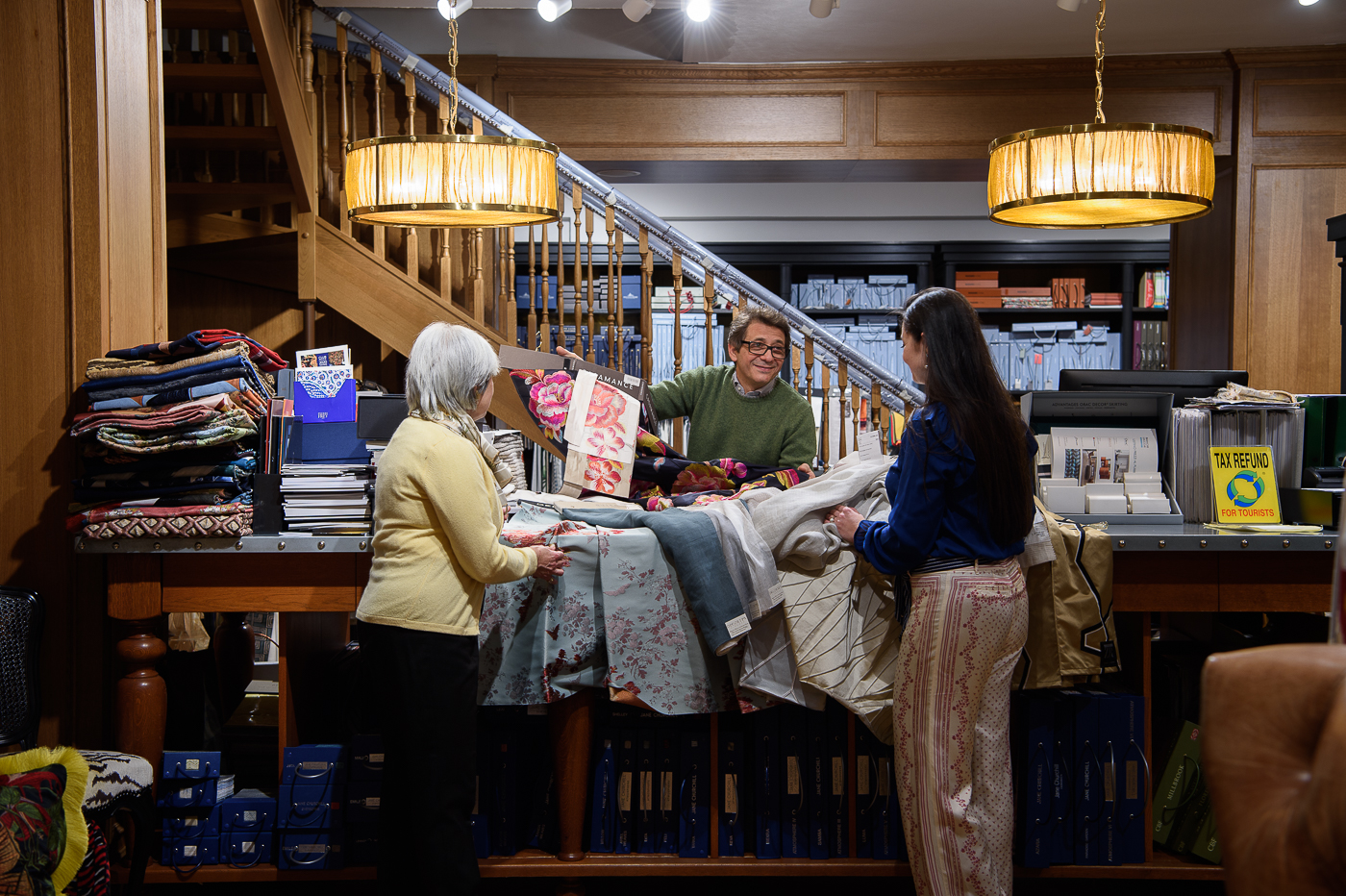
Here are a few of their tips to choose textiles for your home, starting from their personal preferences:
- When choosing the textile color, always check the sun exposure of the room where you want to use a particular material. For instance, dark blue in a north-facing room would look much darker than it did in the store and could darken the room, whereas a golden yellow to decorate a south-facing room would appear lighter and brighter than it did on the first impression.
- Textiles should, as a rule of thumb, be chosen in keeping with the furniture style. For example, if you want to upholster an Empire-style chair, choose colors fitting that style, such as white, gold, green, blue, or red. Using patterns or shades that do not fit with the style might look tacky.
- But, on the other hand, if you are confident in your eye, you could give new life to your furniture by making unusual daring combinations, such as by upholstering mid-19th century sofas with textiles that are highly modern in their patterns or colors.
- Consider how you will use your furniture to choose accordingly how resistant and washable the textiles should be. For example, if you want to upholster an armchair or a headboard, it makes no sense to choose a thin silk that could tear at the first sudden movement you make: better to opt for a nice printed velvet. And if the furniture will be used intensively, it is best to have upholstery that is washable and, if possible, removable. Otherwise, the first time you spill something, you would have to call the upholsterer, which is especially true for armchairs, chairs, and headboards. When it comes to washability, the best textiles for easy stain removal are not synthetic ones, as you might think, but natural ones like heavy linen, silk, and wool or silk velvet. It is much harder to get synthetic textiles clean again so don’t be tempted by price even if it’s lower than for natural fibers. Quality first: that’s the motto of the Principe Hotel & Apartment.
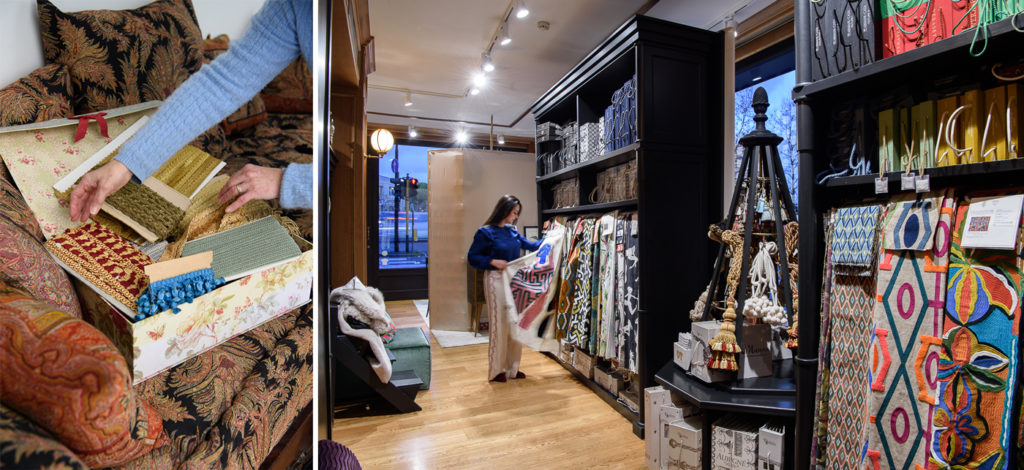
Words: Francesca Cosi e Alessandra Repossi
Photographs: Francesca Pagliai



